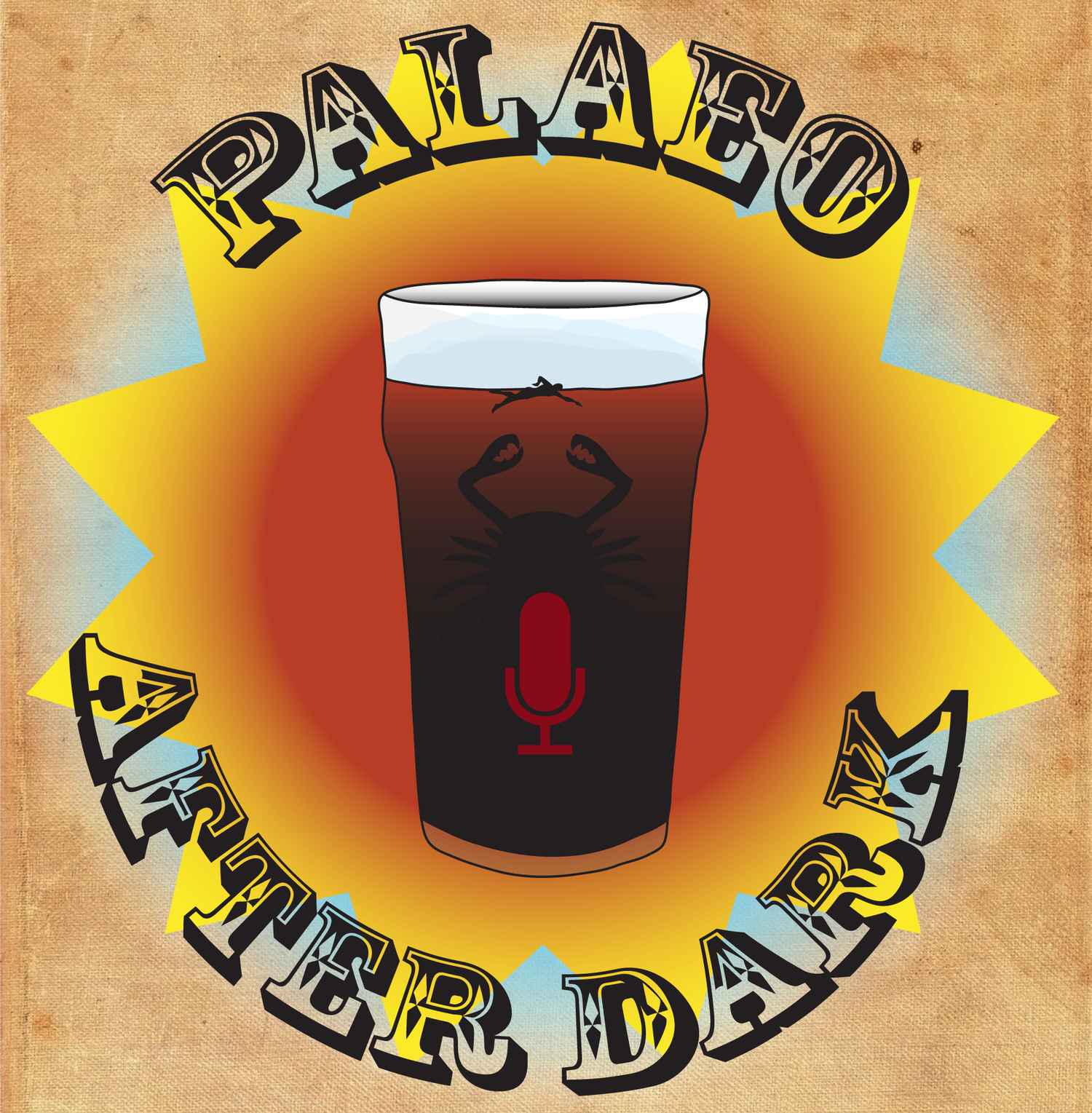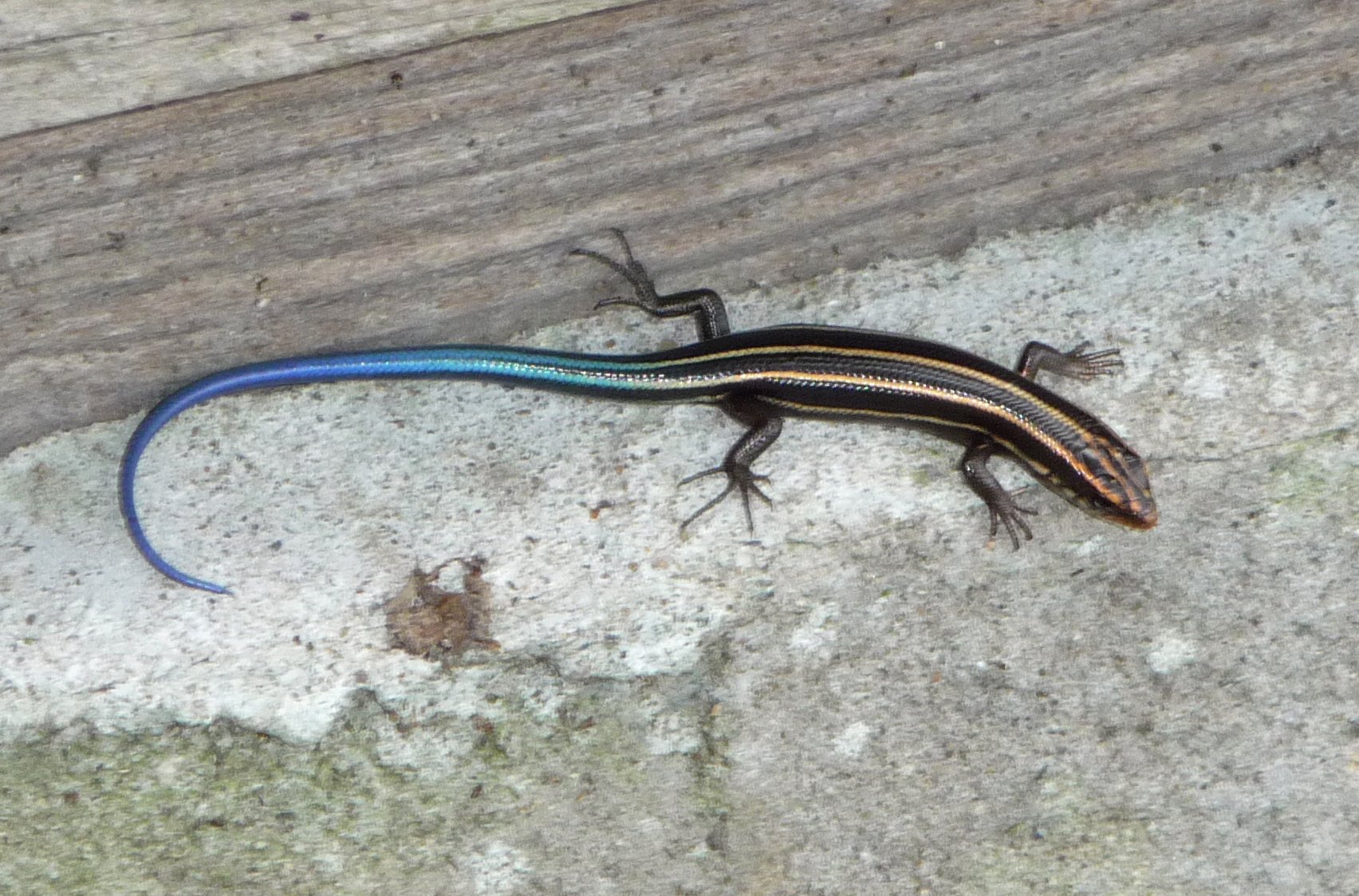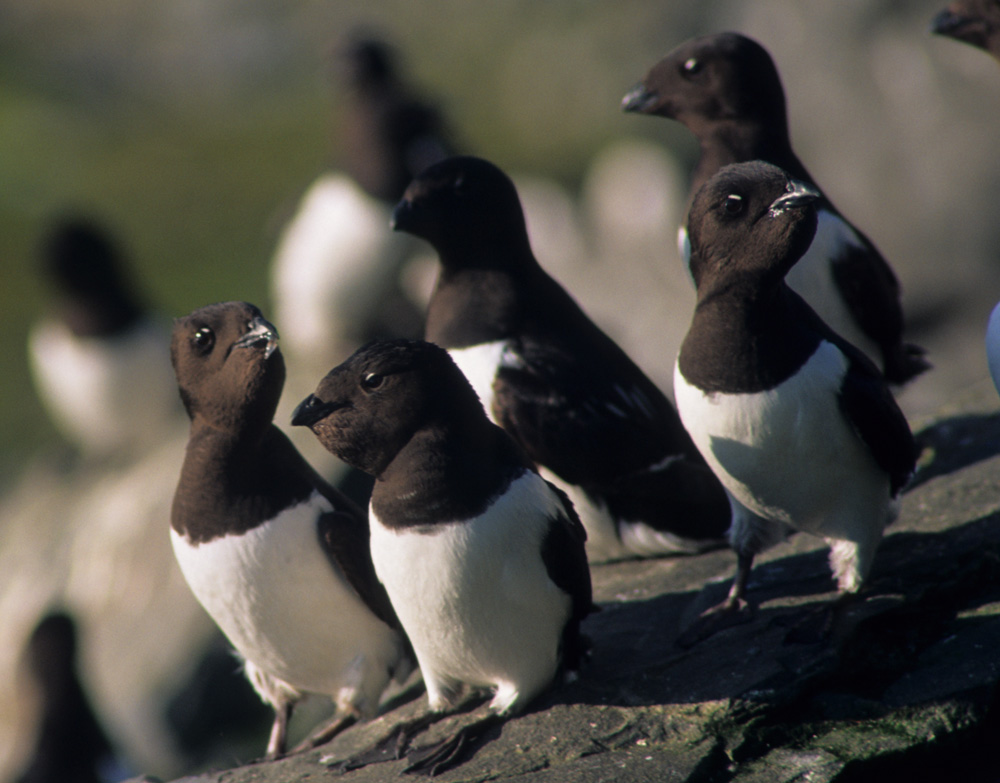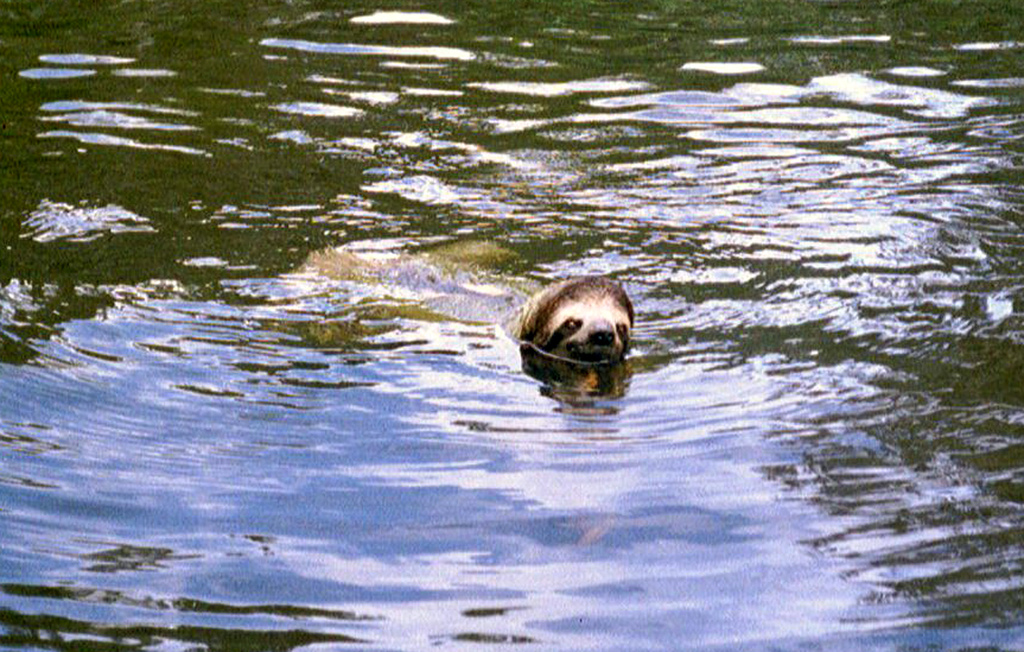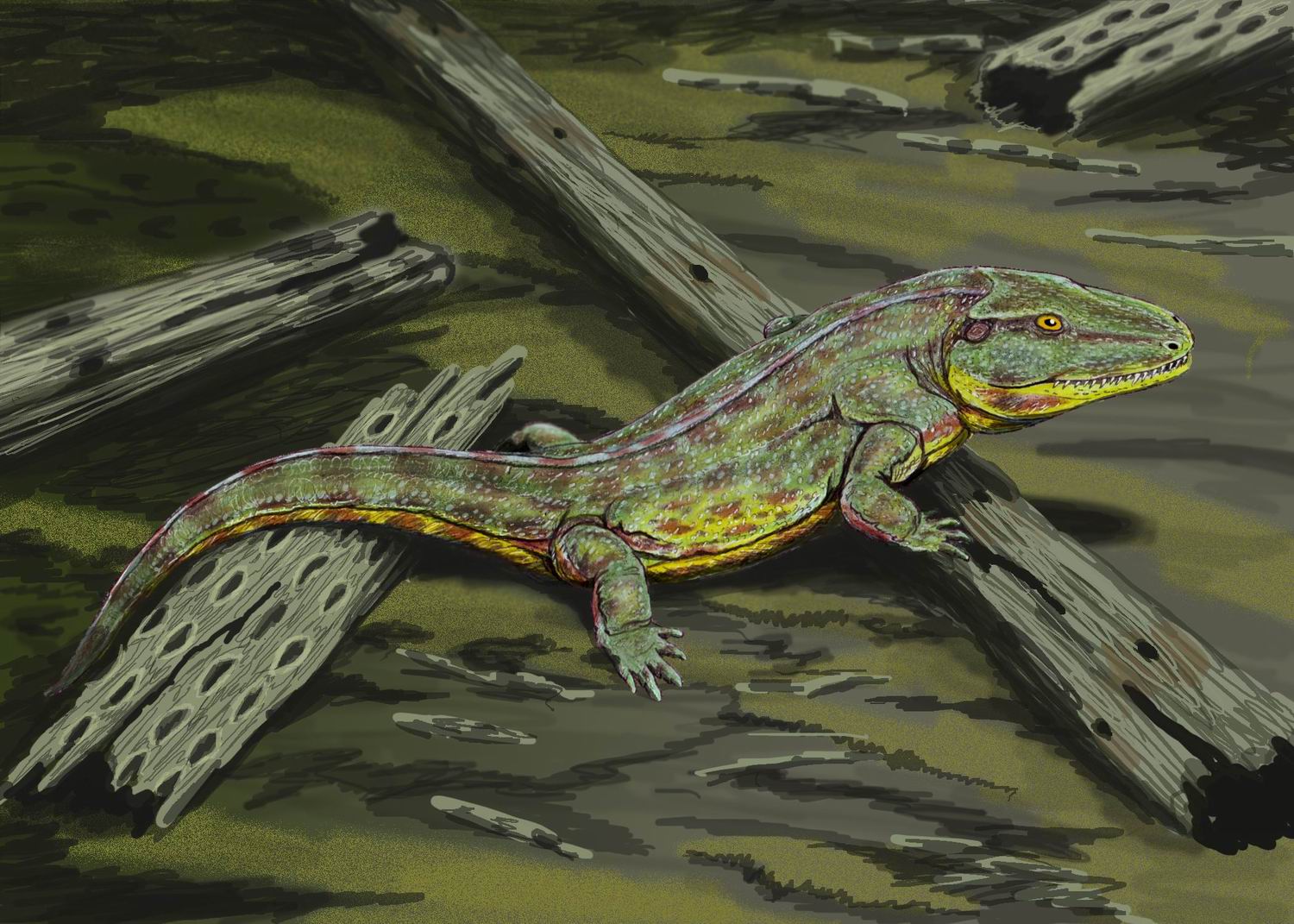Podcast 143 - Squamate Talk
/Well, it has finally come to this. After almost 150 episodes under our belts, we've finally produced a podcast where almost no one read any of the papers. This episode was supposed to be about squamate (lizards and snakes) evolution. In particular, we were supposed to look at two papers that tried to determine when squamates must have first diversified. And... we kind of accomplish that. Meanwhile, James shares his weak points, Amanda demonstrates a super power, and Curt laments falling asleep on the couch being the only person to read these papers. We swear the next one will be better.... maybe.
Up-Goer Five (Curt Edition):
Our friends were supposed to talk about these papers that they read. However, they didn't read these papers and so they spend some of the time trying make it up as they go along. The papers that the friends were supposed to read were about cold, cute things with dry skin and four legs (most of the time). Both of these papers suggest that these cold, cute things probably came about well before we thought they did. In fact, we probably had the first cold, cute things just around or before the time a really bad thing happened that hurt all living things around the world. It was the worst of the bad things to have ever happened. These papers suggest that these cold, cute things might have done alright during these really bad times, and that may be the reason why there are so many cute, cold things around the world today.
References:
Tałanda, Mateusz. "An exceptionally preserved Jurassic skink suggests lizard diversification preceded fragmentation of Pangaea." Palaeontology (2018).
Simões, Tiago R., et al. "The origin of squamates revealed by a Middle Triassic lizard from the Italian Alps." Nature 557.7707 (2018): 706.
